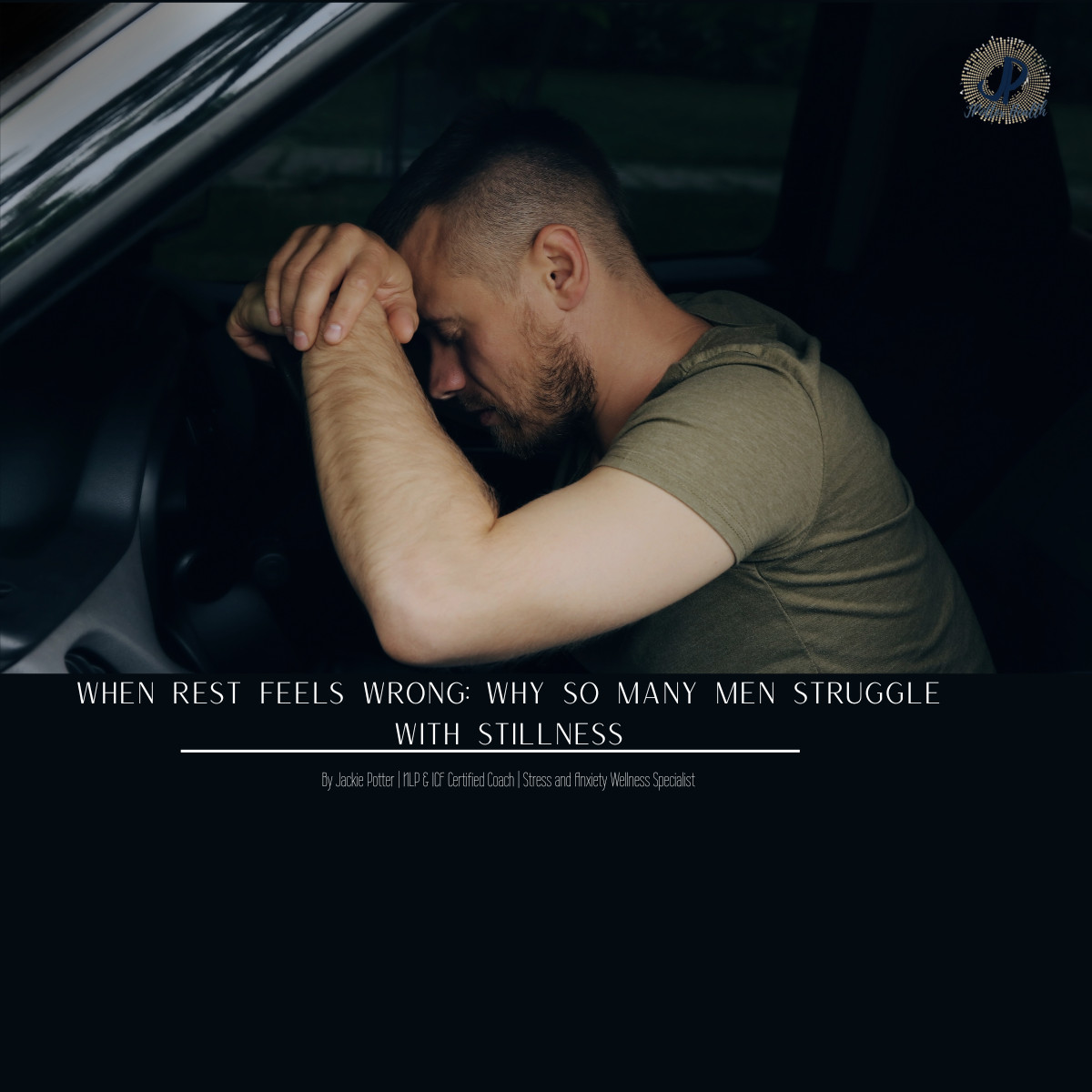
December is a month of striking contrasts—festive celebrations on the surface and hidden stressors beneath that place a real burden on the nervous system. Behind the lights, gatherings, and holiday expectations lies a measurable neurobiological shift known as the December Integration Cycle. During this time, key brain networks work overtime: the Default Mode Network increases reflection and emotional sensitivity, the Prefrontal Cortex becomes overloaded by holiday demands and year-end responsibilities, and the Limbic System processes unresolved emotions and micro-grief. Shorter daylight further disrupts serotonin and circadian rhythms, intensifying fatigue, anxiety, and introspection.
Understanding these seasonal brain changes is the first step toward reducing December stress, supporting emotional regulation, and entering the new year with clarity and balance. With gentle, science-backed strategies, you can navigate holiday overwhelm, protect your mental health, and work with your nervous system—not against it. This guide reveals how to move through December’s unique biological rhythms with greater resilience, self-compassion, and insight.

Unveil the science behind fear and discover how your brain’s instinctive fight-or-flight response can be repurposed to calm modern-day stress. Follow the journey from the amygdala’s alarm to the surge of adrenaline, cortisol, and dopamine that heightens focus and tension. In today’s world, these ancient mechanisms activate for everyday stressors—an overflowing inbox, a looming deadline, or a medical test. Learn how mindfulness and reframing engage the prefrontal cortex, restoring calm and balance. Turn fear from a hindrance into a tool for personal growth and emotional resilience. Ready to master your hidden neuroscience of stress and reclaim your inner peace? Dive in and transform your response today.
Read more...
Navigating the space where you're "okay" but not quite fine can be challenging, characterized by a persistent sense of tension and weight that seems ever-present. It's common to experience days where you're able to function—going through routines like making coffee or replying to emails—while not feeling fully grounded or present. This state, while not indicative of burnout, is a symptom of nervous system dysregulation that requires attention and care.
Understanding the polyvagal theory offers insight into how our nervous system operates across a spectrum of responses, mediated by the vagus nerve, which plays a crucial role in determining our state of safety and presence. In navigating through the states of fight-or-flight, freeze, and rest-and-connect, our body signals us through tension or disconnection, highlighting an overload even as we appear high-functioning externally. It’s crucial to recognize these signals not as faults but as cues that suggest our system is holding more than it comfortably can.
Addressing these challenges through nervous system regulation is not about achieving perfection but rather about finding tranquility and relief amid the daily bustle. Simple practices like breathwork, gentle movement, and grounding rituals can promote a sense of calm and safety, essential for genuine relaxation and rejuvenation. Remember, seeking support and allowing yourself the grace to rest does not signify weakness; it's a testament to your humanity and ongoing resilience.
Read more...
The blog post explores the silent struggle many men face in balancing life’s demands, where the constant buzz of work and family leaves little room for genuine rest. This pressure-filled phase of life often creates a skewed belief that staying busy equals worthiness, while stillness is mistakenly viewed as risky. By delving into the science behind this discomfort, the post uncovers how the brain misinterprets rest as a threat, pushing individuals to relentlessly achieve and proving that relaxation often feels unnerving.
Highlighting that stillness is not a sign of weakness, the post advocates for embracing moments of calm as a form of strength. It challenges the ingrained belief that one’s value is tied solely to productivity, encouraging readers to recognize that true resilience comes from being present and allowing oneself to slow down. By offering strategies to manage anxiety and promote calm, such as catching the urge to remain busy and practicing bilateral grounding, the post empowers individuals to see rest as an ally, not an adversary.
Finally, the piece invites readers to reconsider their relationship with productivity, emphasizing that self-worth surpasses output and achievements. It serves as a poignant reminder that strength is found in embracing stillness and recognizing one's inherent value beyond the race of life. The post encourages readers to share this insight with men who may benefit from understanding that their worth, even in moments of silence, remains unshaken.
Read more...The blog post explores how the amygdala, the brain's built-in alarm system, contributes to stress and anxiety. This almond-shaped structure in the limbic system is vital for survival, rapidly identifying threats and triggering the fight-or-flight response. However, it often cannot distinguish between real dangers, like wild animal attacks, and perceived threats, such as deadlines or social pressures, leading to amygdala hyperactivity and chronic stress.
Chronic stress keeps the nervous system in a heightened state of alertness, causing cortisol overload which affects health and cognitive functioning. This biochemistry of stress leads to inflammation, impaired cognitive function, disrupted sleep cycles, a weakened immune response, and reduced neuroplasticity. Elevated cortisol levels also shrink the hippocampus, hampering stress processing and increasing amygdala reactivity, thus perpetuating a vicious stress cycle.
Neuroscience sheds light on how this cycle leads to rumination, or repetitive, anxious thinking. The hyperactive amygdala and default mode network keep reinforcing negative thought patterns while the prefrontal cortex's capacity for rational decision-making is overshadowed. The blog emphasizes the brain's ability for neuroplasticity, allowing individuals to rewire their brains to manage stress better by practicing calming techniques and nurturing rational thinking.
Read more...









